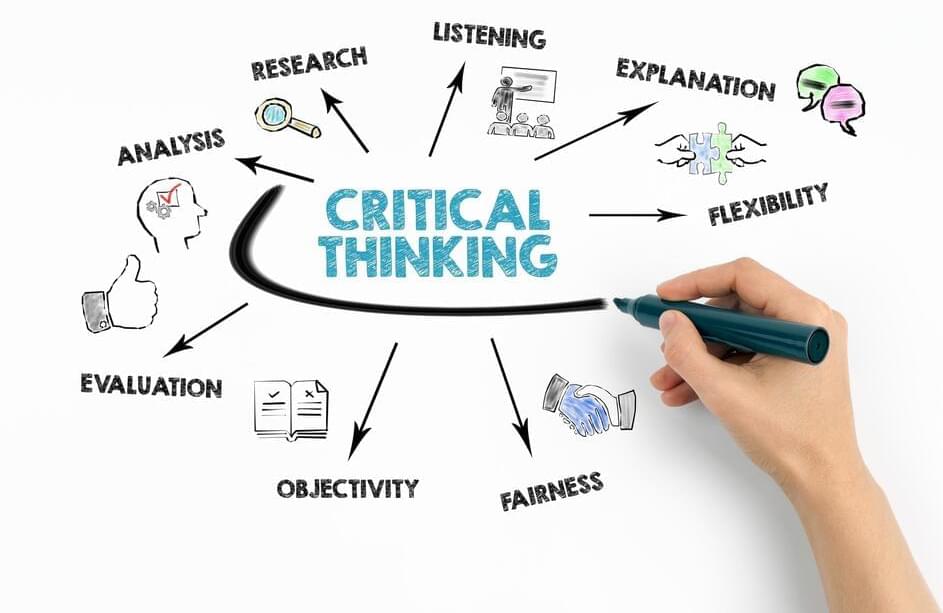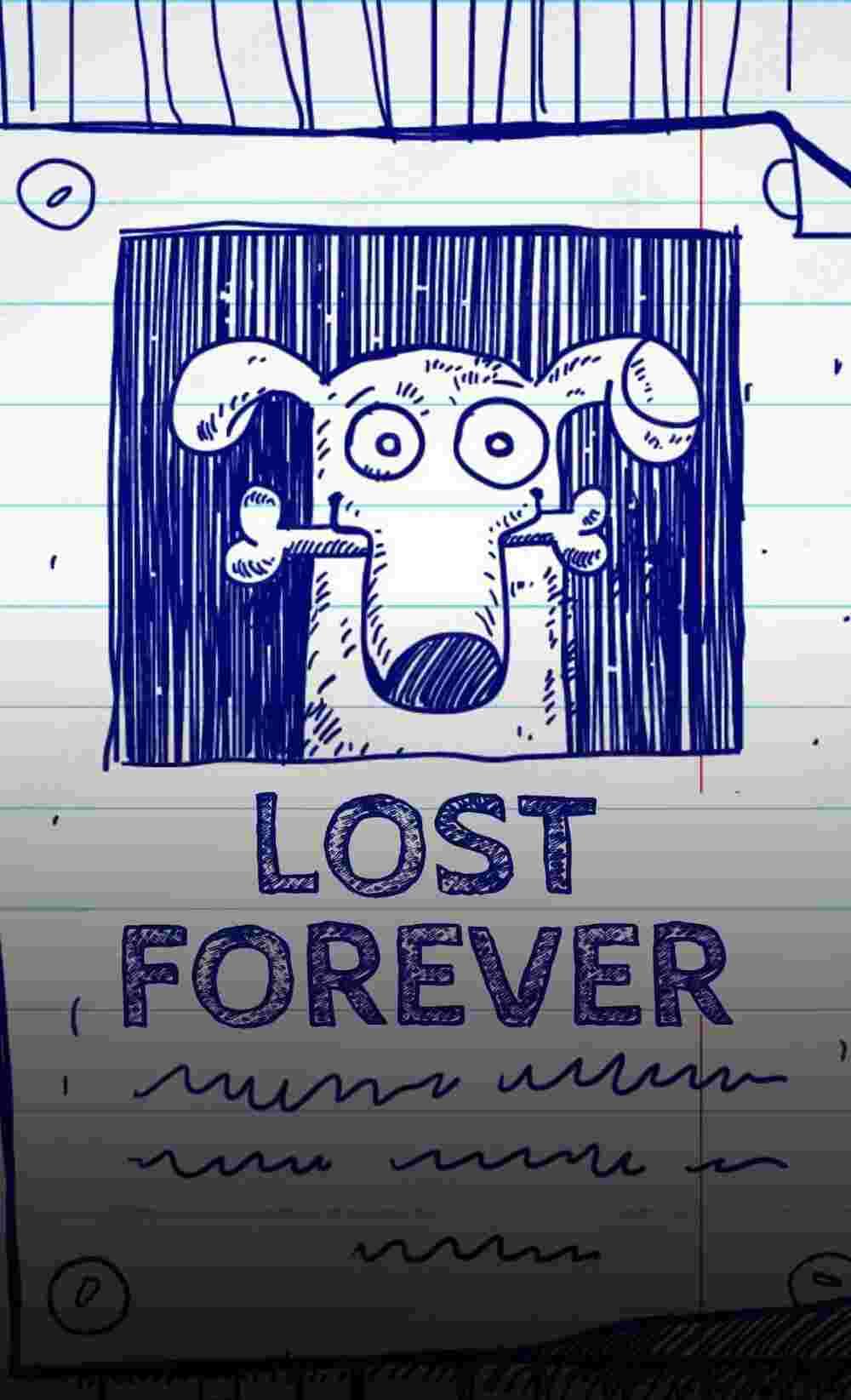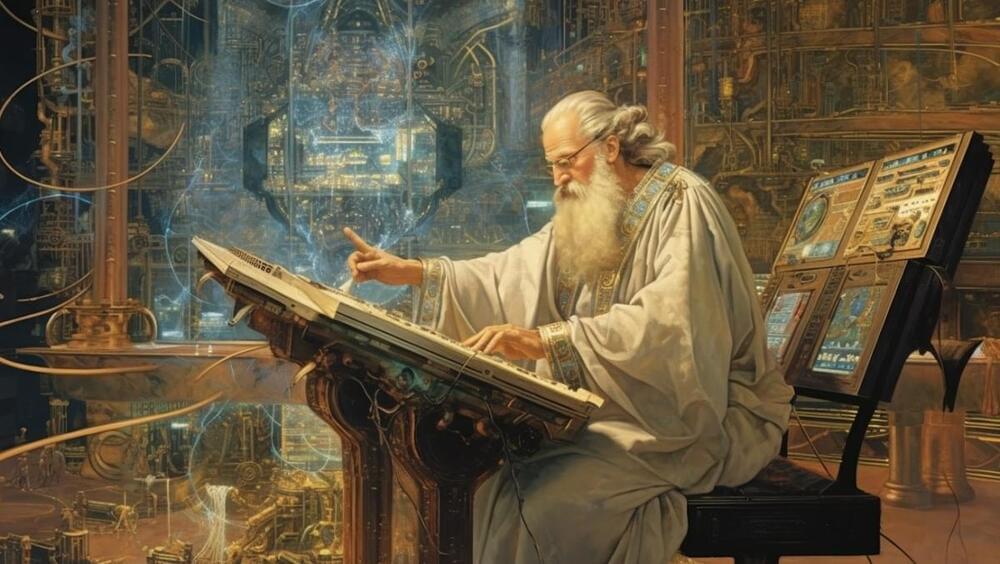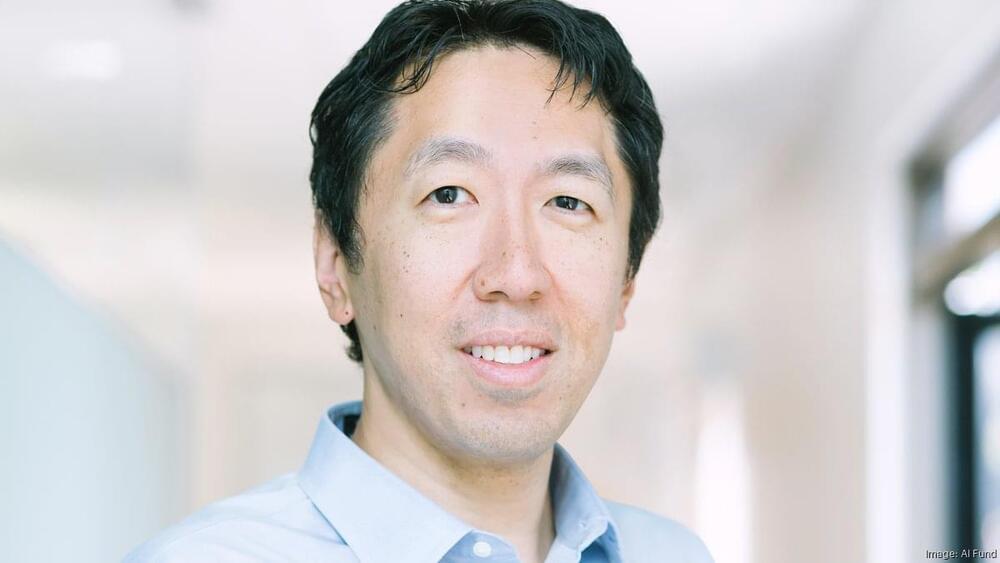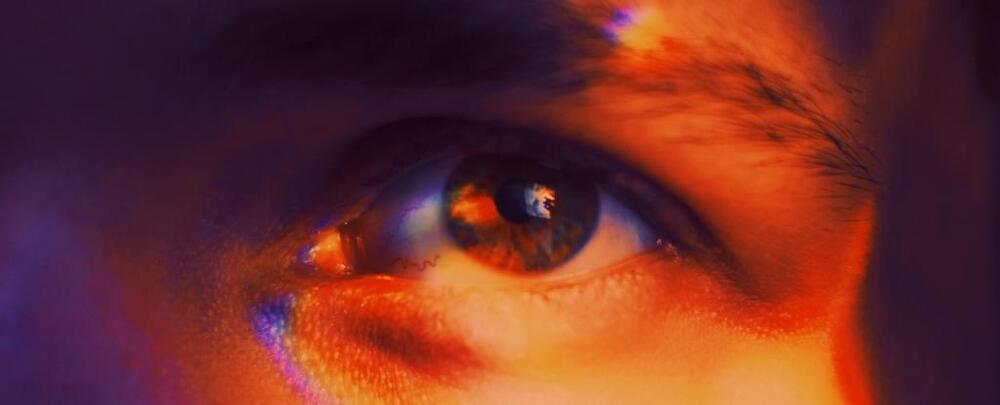Elon Musk is exploring the possibility of upgrading the human brain to allow humans to compete with sentient AI through ‘a brain computer interface’ created by his company Neuralink. “I created [Neuralink] specifically to address the AI symbiosis problem, which I think is an existential threat,” says Musk.
While Neuralink has just received FDA approval to start clinical trials in humans (intended to empower those with paralysis), only time will tell whether this technology will succeed in augmenting human intelligence as Musk first intended. But the use of AI to augment human intelligence brings up some interesting ethical questions as to which tools are acceptable (a subject to be discussed… More.
Chat GPT may have an effect on critical thinking. Also early adopters may be at an advantage with GPT. Study with students.
